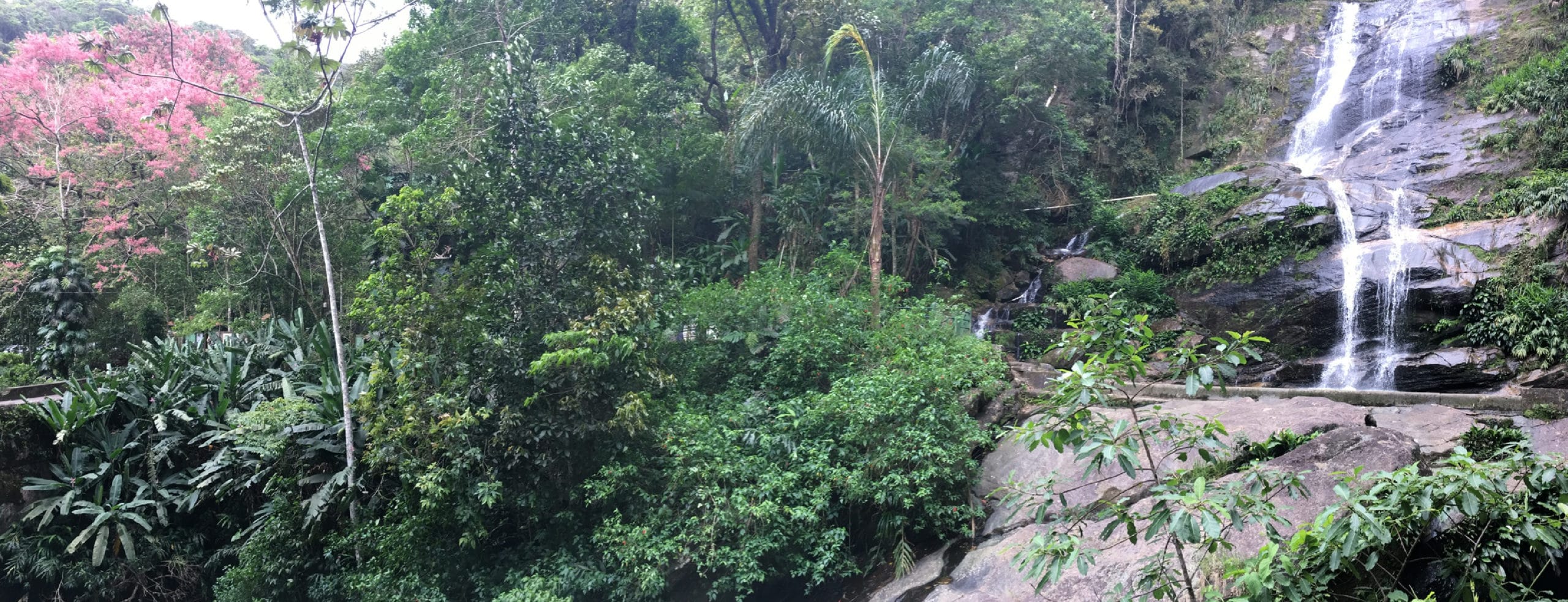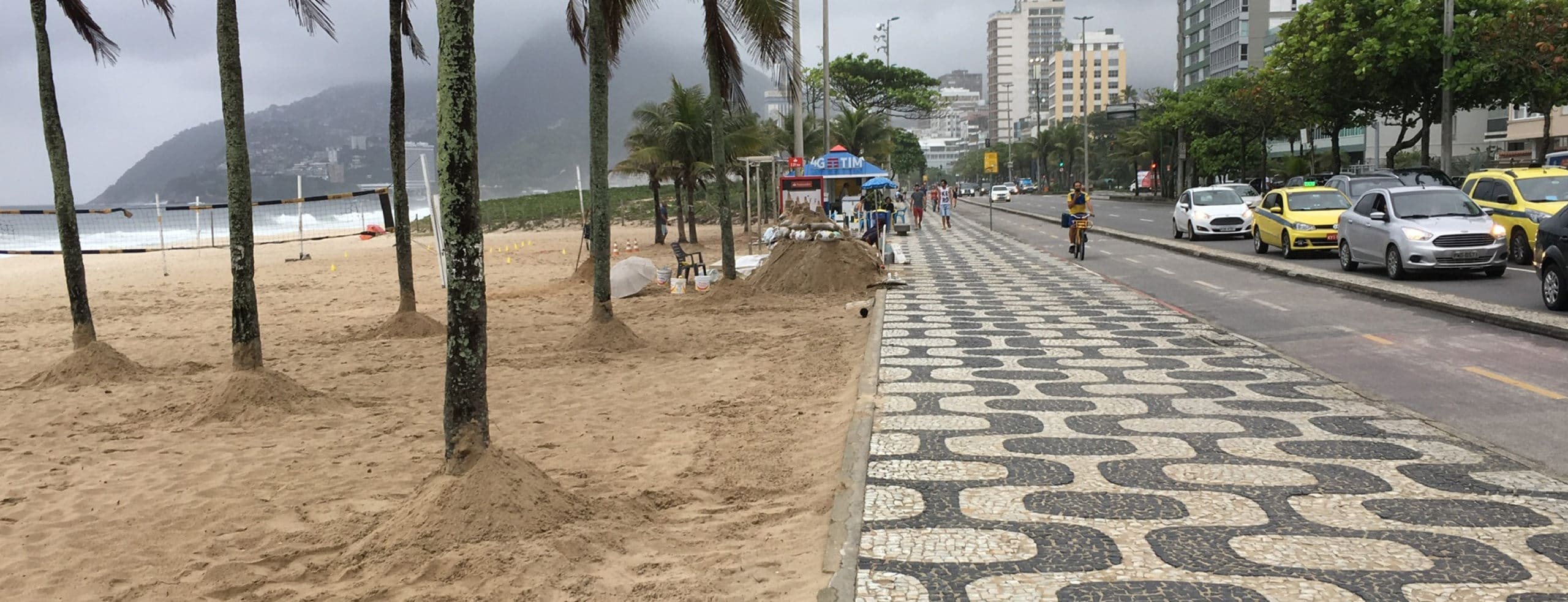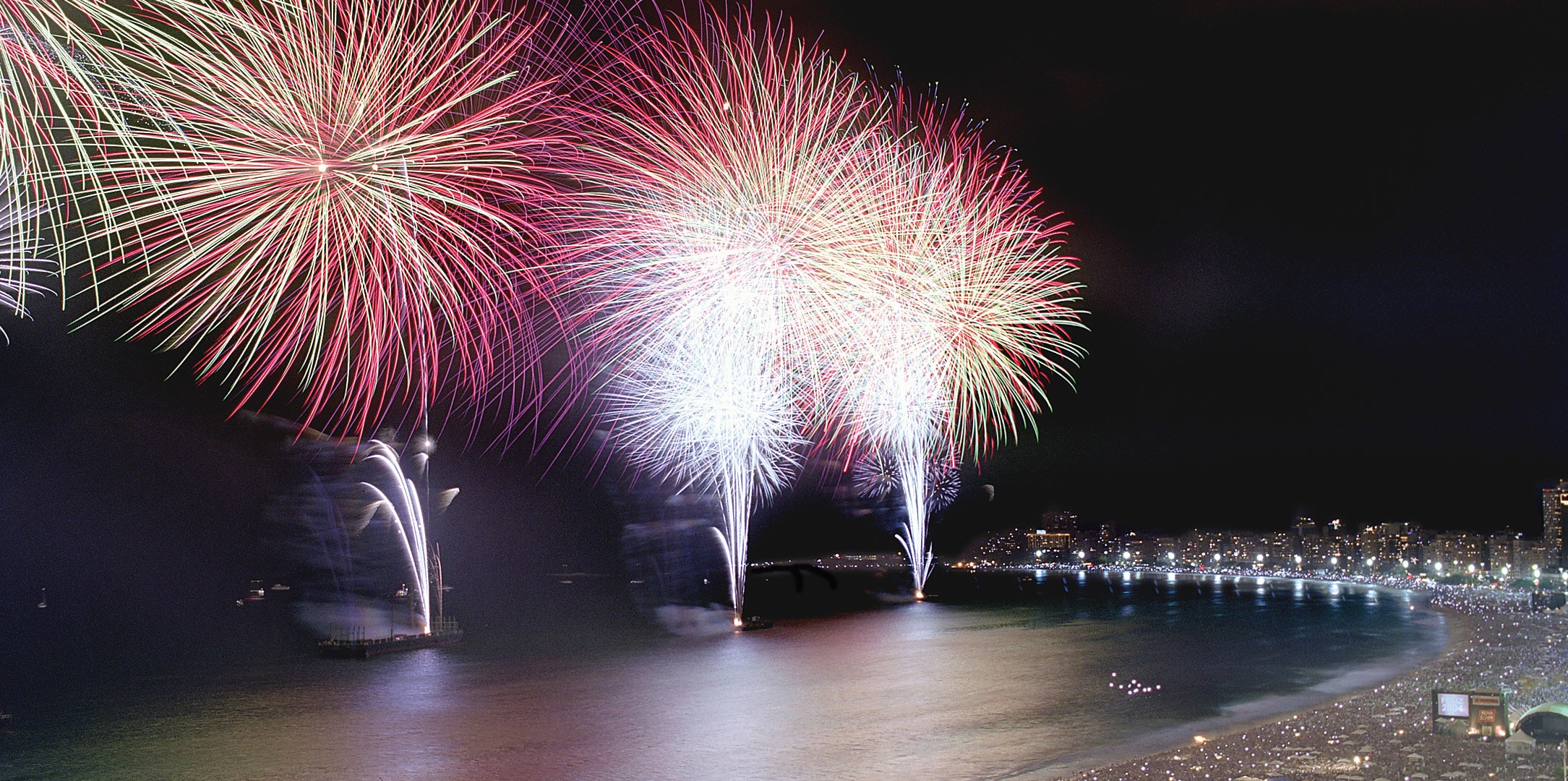What to see in Rio de Janeiro?
Well, Rio de Janeiro is an amazing city. The “cidade maravilhosa” or wonderful city in english is an icon of Brazil and South America and offers an incredible diversity of tours and activities to do. Take a look to some of the most important you can choose:
The Corcovado Mount and Christ the Redeemer
It`s an icon of Rio de Janeiro. The Corcovado Mount with the incredible monument of Christ the Redeemer on top, that was declared recently as one of the n

ew 7-wonders of the world. Of course it`s a must-see and it`s included in any city tour you can enjoy in Rio de Janeiro.
The amazing Christ overlooks the city from the 700-meter summit of Corcovado Hill, and it`s definitely a symbol of Rio de Janeiro, with the unique Sugarloaf. The world-famous landmark was erected between 1922 and 1931, financed almost entirely by contributions from Brazilian Catholics.
The Art Deco statue was created by Polish-French sculptor Paul Landowski and built by the Brazilian engineer Heitor da Silva Costa, in collaboration with the French engineer Albert Caquot. Made of reinforced concrete and soapstone, the figure itself is 30 meters tall with arms stretching 28 meters; it weighs 635 metric tons.
The Sugar Loaf
Also an incon of Rio de Janeiro, present in each photography of the city in the Guanabara Bay. It`s, no doublt, the Rio de Janeiro’s best known landmark, towering 400 meters above the sea level. To arrive to the top, you can take a cable car from Praça General Tibúrcio and arrive to top of Cerro da Urca, a lower peak from which a second cableway runs to the summit of the Sugarloaf and enjoy the incredible view of the city and surrounding areas. Again, it`s a must-see during your visit to Rio de Janeiro
Copacabana, Ipanema and Leblon Beaches
Well, I`m sure you saw Copacabana Beach in any photo. It`s very famous. It`s located just few steps from Avenida Atlântica, Avenida Nossa Senhora de Copacabana, and the neighboring smaller streets where you’ll find appealing century-old buildings, fine hotels, and popular restaurants and cafés. The hotel Copacabana Palace, built in the 1920s and now protected as a national monument is one of the best hotels in the city.
Continuing on from Copacabana’s four-kilometer strand, the beaches of Ipanema and Leblon are separated by the Jardim de Alá Canal, which drains the lagoon, Lagoa Rodrigo de Freitas. Along the seafront you will find hotels, cafés, and restaurants. These districts, although best known for their beaches (one of which was made world-famous by the song The Girl from Ipanema) have a lively cultural life, with art galleries, cinemas.
Praça de Quental in Leblon is the scene of an antiques market every Sunday, and Praca General Osorio hosts the Sunday Feira de Artesanato de Ipanema featuring crafts, music, art, and local foods.
So, if you visit Rio, you have to reserve some free time to walk this incredible beaches!
The Sambodromo and the Carnival
Of course, the Carnival is one of the most amazing and important events in Brazil. A highlight itself. If you travel for the Carnival, be sure to make reservations in advance as it`s a high season and hotels and services are usually booked in advance. The most spectacular events are the parades of the samba schools, which are held in a unique venue designed by renowned Brazilian architect Oscar Niemeyer. Anyway, if you`re not visiting Rio during the Carnival, you can visit the Sambódromo,a long parade route lined by stadium-style boxes designed so that up to 50,000 spectators can watch the parades of brilliantly costumed dancers as they compete. The parade route is 700 meters long and 13 meters wide. It was first used in 1984 and updated as a venue for the 2016 Olympic Games.

Tijuca Forest
The Tijuca Forest, called Foresta Nacional da Tijuca in portuguese, is one of the largest urban forests in the world and was established in 1861 by Emperor Pedro II to reforest the area affected by deforestation caused by sugarcane and coffee cultivation. This sector of Tijuca National Park gather many attractives, such as the Pico da Tijuca, Pico do Papagaio and Cascatinha Taunay. This preserved area of Atlantic Forest is visited by Cariocas and tourists for the practice of sports, strolls and walking. Birds, native plants and fruitful trees compose the flora and the fauna of the Forest of the Tijuca.
The highest part of the Park is Pico da Tijuca, a 4000-feet- high peak that can be reached via a trail that starts at Cascatinha Road, in Alto da Boavista. Although it seems difficult to reach the top of the highest peak in the city, the small trail is not steep and is a pleasant stroll even for those who are not used to hiking. From the top of Pico da Tijuca, visitors can admire a panoramic view of the city, from the North to the South Zone, including Baixada Fluminense, the West Zone, Rio’s Downtown and Rio-Niteroi Bridge.
Another attraction of the forest is the Tijuca National Park Visitor Center, which has a permanent exhibition called “A Forest in Metropolis.” The exhibition is didactic and interactive and aims to foster the conscious use of public use areas and resources, in addition to addressing the trajectory of the area that today was the Tijuca National Park in three stages: Forest Original Human Intervention and finally a park .
There are many options to discover the park, some of them in amazing jeeps to be in touch with the nature!

Maracana Stadium
The Jornalista Mário Filho stadium was officially inaugurated in 1950, at the city of Rio de Janeiro, and is worldwide known as Maracana. The Stadium, which was completely reformed for FIFA’s 2014 World Cup, has been scenery to countless thrilling events throughout its history, the final of 1950 with Uruguay vs Brazil and the incredible final of FIFA World Cup in 2014 with Germany against Argentina.
Over the years, Maracana became a multipurpose area, a venue for other sports, many events and famous artists’ concerts from around the world. In 2016, Maracana hosted the opening and closing ceremonies of Rio 2016™ Olympic Games, besides hosting the football finals and two semifinals. With capacity to 78,600 spectators, Maracanã is Brazil’s biggest stadium, a reference for modernity and safety around the world.
Of course, the stadium is used for local matches between Rio’s major football clubs, the Flamengo, Botafogo, Fluminense, and Vasco da Gama.

Santa Tereza, Lapa, and the Escadaria Selaron
SantaTeresa and Lapa are two Rio’s neighbourhoods characteristic to be very bohemian, colorful and enthusiastic. Reserve some free time to walk both areas. May be, starting in Lapa visiting the famous stairs Escadaria Selaron were everybody took some nice pics as some street musicians were playing music.
Go to the top of the stairs and continue walking up through Santa Teresa. As our students from France, Italy, Finland and Iceland were going up we had some talking as we were getting warm with the walking. Arrive to Parque das Ruinas to enjoy a nice place from where you can have a nice view of the marvelous city. Santa Tereza is a place plenty of artists of any kind.
Cathedral of Sao Sebastiao
The Catedral São Sebastião (São Sebastião Cathedral) of Rio de Janeiro, or the Catedral Metropolitana (Metropolitan Cathedral), is a Catholic cathedral located in the city’s Center. It was inaugurated in 1979 and designed by the modernist architect Edgar Oliveira da Fonceca. His monumental building has a modern style and is in the shape of a cone, which measures 75 meters outside and 64 meters inside, and has the capacity for 20,000 people standing up or 5,000 people sitting down. Something that draws attention to his building, with its clean, straight lines, are the stained glass windows that go from the walls up to the dome. They give the church a gorgeous natural lighting, as the windows let in the light with different intensities and shades depending on the time of day.
Its main gate is formed by bronze reliefs and takes the concept of “faith” as its theme. Father Paulo Lachen Maier designed the cathedral’s interior. The sculptures are by Humberto Cozzo, and the Capela do Santíssimo (Chapel of the Blessed Sacrament) has two candelabras by Niccola Zanotto.
In the basement, the Museu de Arte Sacra (Museum of Sacred Art) houses a collection of sculptures, murals and artwork, as well as the fonts used to baptize the princes of the royal family.











